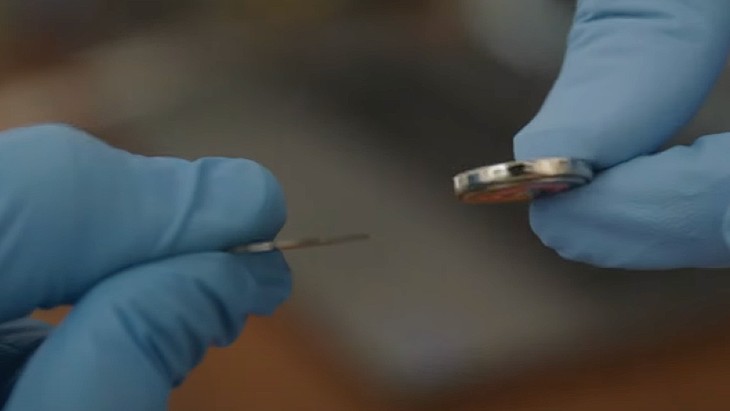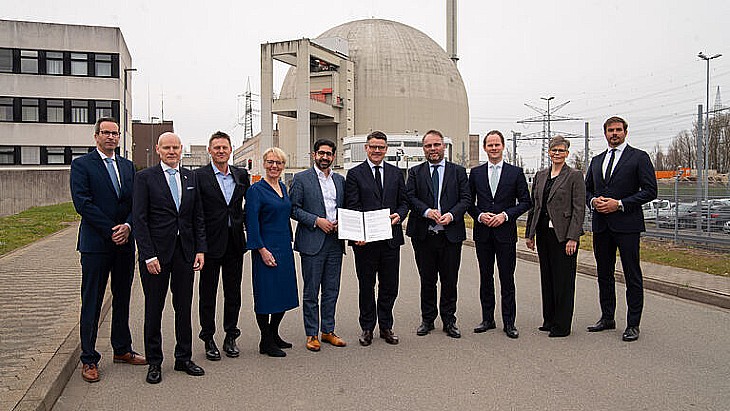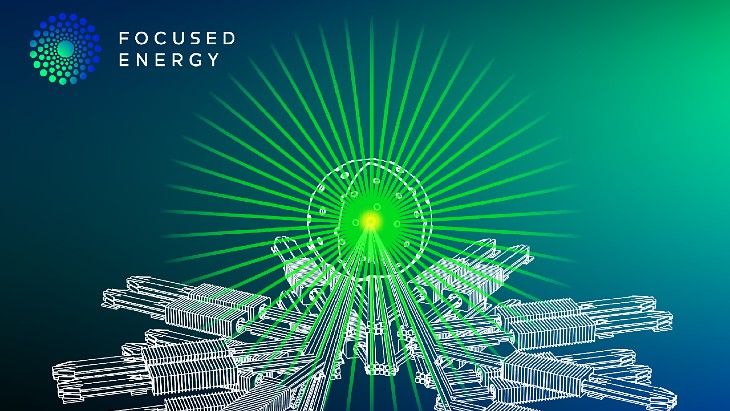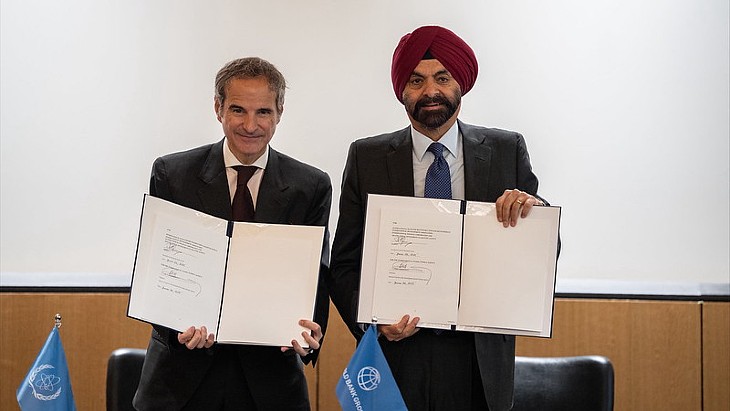Collaborations announced for fusion projects
.jpg)
GA - which began working on superconducting magnet technologies in the 1980s - and Tokamak Energy said the collaboration under a newly-signed memorandum of understanding would "leverage GA's world-leading capabilities for manufacturing large-scale magnet systems and Tokamak Energy's pioneering expertise in HTS magnet technologies".
Magnetic fusion uses a tokamak, which uses several sets of powerful electromagnets to shape and confine superheated hydrogen gas - known as plasma. To achieve fusion conditions relevant for energy production, tokamaks must heat the gas to temperatures exceeding 100 million degrees Celsius - more than ten times the temperature at the centre of the sun. This is the threshold said to be required for fusion to be a commercially viable energy source.
Strong magnetic fields are generated by passing large electrical currents around arrays of electromagnet coils that circle the plasma. The magnets are wound from ground-breaking HTS tapes, multi-layered conductors with a crucial internal coating of 'rare earth barium copper oxide' (REBCO) superconducting material. Developing more powerful HTS magnets will allow fusion power plants to use thinner magnetic coils while generating plasmas at greater densities.
"GA is excited to collaborate with Tokamak Energy on HTS magnets," said GA Senior Vice President Anantha Krishnan. "Tokamak Energy is a leader in HTS magnet modelling, design and prototyping and GA has expertise in developing and fabricating large-scale superconducting magnets for fusion applications."
"GA has significant experience, knowledge and facilities to produce large superconducting magnets at scale," said Tokamak Energy Managing Director Warrick Matthews. "Tokamak Energy has been developing HTS technologies for fusion for over a decade. The integration of these complementary capabilities promises to accelerate the development and production of HTS technologies in additional fields, such as aviation, naval, space and medical applications."
Tokamak Energy's roadmap is for commercial fusion power plants deployed in the mid-2030s. To get there the plan is for completion of ST80-HTS in 2026 "to demonstrate the full potential of high temperature superconducting magnets" and to inform the design of its fusion pilot plant, ST-E1, which is slated to demonstrate the capability to deliver electricity - producing up to 200 MW of net electrical power - in the early 2030s.
Collaboration in stellarators
The Max Planck Institute for Plasma Physics (IPP) has signed a cooperation agreement with Munich-based Proxima Fusion - which was spun out of IPP earlier this year and was founded by a team which includes six former IPP scientists - to further develop the stellarator concept for fusion power. Proxima Fusion intends to design a nuclear fusion power plant based on IPP research.
"With this cooperation, Proxima Fusion will primarily advance technological approaches, while IPP will contribute its know-how as the world's leading institute in stellarator physics," IPP said.
The institute is the only institution in the world that carries out research on both essential concepts of magnetic confinement fusion with the help of large-scale experiments: it operates the ASDEX Upgrade tokamak in Garching near Munich, and the Wendelstein 7-X stellarator in Greifswald.
A tokamak is based on a uniform toroid shape, whereas a stellarator twists that shape in a figure-8. IPP notes the advantage of stellarators is that they can be operated continuously, unlike pulsed tokamaks, and with better plasma stability properties.
In February, the Wendelstein 7-X stellarator succeeded for the first time in generating a high-energy plasma that lasted for eight minutes. The facility is designed to generate plasma discharges of up to 30 minutes in the coming years. Scientists are also working in the field of stellarator optimisation at IPP's Stellarator Theory Division in Greifswald.
"With our research, we want to further develop stellarators towards application maturity," said IPP Scientific Director Sibylle Günter. "With Proxima Fusion's technological focus, we see great synergies in a collaboration and look forward to working together in a public-private partnership".









..._58412.jpg)

